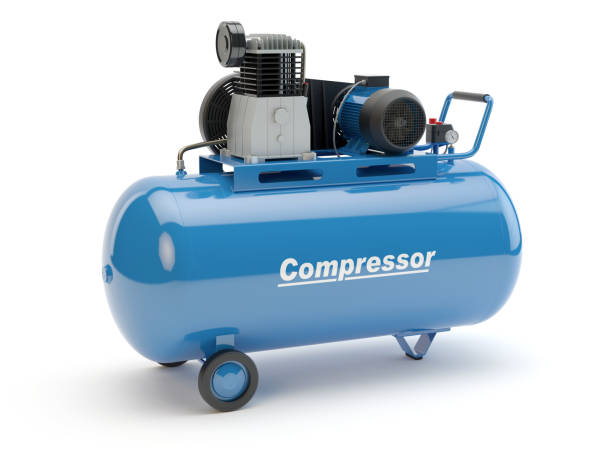Compressors
Compressors

Compressors are vital tools in audio production—used to control dynamic range, shape sonic character, and bring balance to the mix. By mastering settings like threshold, ratio, attack, and release, we can transform dull recordings into polished tracks with punch, clarity, and cohesion.
Compression Basics: What Is It?
Compression reduces the difference between the loudest and quietest parts of an audio signal. It:
- Controls sudden volume spikes
- Brings up quieter elements
- Creates a smoother, more professional mix
- Prevents distortion in live or recorded sound
Think of it as automatic volume control that helps every instrument find its place in the mix.
Key Parameters Explained
| Parameter | Purpose |
|---|---|
| Threshold | The volume level where compression kicks in |
| Ratio | How much the volume is reduced above the threshold |
| Attack | How quickly compression starts after a peak is detected |
| Release | How fast it stops once the signal drops |
| Makeup Gain | Boosts the signal after compression to match original volume |
Understanding these lets you tailor compression to each track.
Types of Compressors
| Type | Best For |
|---|---|
| VCA Compressors | Transparent control, drums, mix bus |
| FET Compressors | Aggressive tone, vocals, guitars |
| Optical Compressors | Smooth and musical—great for vocals |
| Tube Compressors | Vintage warmth, gentle compression |
| Digital Plugins | Precision and versatility across genres |
Each type gives your mix a unique flavor—learn them, and pick what fits.
Creative Uses in Mixing
Compression is more than control—it’s a creative tool:
- Parallel Compression: Mix a dry and compressed signal for body without squashing dynamics
- Sidechain Compression: Trigger compression with another signal—for example, kick ducking a bass line
- Bus Compression: Apply light compression to the mix bus for glue and cohesion
- Transient Shaping: Use attack and release to sharpen or smooth transients like snare hits
With practice, compression becomes an instrument of expression.
Common Mistakes to Avoid
Steer clear of these traps:
- Over-compression: Makes tracks lifeless—maintain natural dynamics
- Wrong attack/release: Alters rhythm and punch negatively
- Ignoring the source: Every sound needs its own settings
- Not A/B testing: Always compare with and without compression
Trust your ears more than the meters.
Recommended Compressors (Plugins & Hardware)
| Tool | Highlights |
|---|---|
| UAD 1176 Classic Plugin | Punchy, modeled after iconic hardware |
| FabFilter Pro-C 2 | Visual interface, surgical control |
| Waves CLA-2A | Easy and musical for vocals |
| SSL Bus Compressor | Classic mix glue, great for mastering |
| Empirical Labs Distressor | Versatile hardware, aggressive and smooth options |
Use trusted tools that complement your workflow and genre.
Pro Tips for Better Compression
- Start subtle—don’t compress just because you can
- Use slow attacks to preserve punch, fast ones to tame peaks
- Combine compression types for depth (e.g., parallel + bus)
- Use EQ before or after compression depending on your goals
- Automate compressor settings across sections if needed
Compression isn’t set-and-forget—it’s an evolving decision throughout your mix.
Frequently Asked Questions
Does compression affect CPU performance in DAWs?
Yes—especially if using multiple real-time plugins. Monitor system usage.
Can I use compressors in live sound setups?
Absolutely—just dial in with caution to avoid feedback or over-suppression.
Do hardware compressors require maintenance?
Yes—keep them dust-free, check power connections, and calibrate as recommended.
What’s the difference between compressors and limiters?
Limiters are compressors with high ratios (typically 10:1 or higher), used to cap peaks.
Are there compressors for environmental or industrial use?
Yes—in contexts like HVAC, manufacturing, and pneumatics. These compress air—not sound.
Final Thoughts
Compression is part science, part art. It polishes your track, controls chaos, and adds punch—but only if used with intention. Whether you're dialing in a vocal or smoothing your mix bus, the right compressor setting can make the ordinary sound extraordinary. So go ahead—twist the knobs, trust your ears, and sculpt your sound with confidence.




